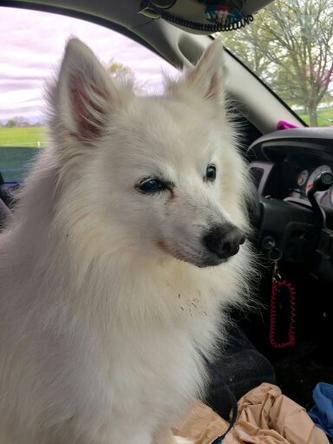|
|
| FAQ/Help |
| Calendar |
| Search |
|
#1
|
||||
|
||||
|
Iím wondering if anyone who has experienced abuse and or neglect in childhood has read this book and found it interesting and/or helpful?

__________________

|
jaynedough, MickeyCheeky
|
jaynedough, MickeyCheeky
|
|
#2
|
|||
|
|||
|
I have not read it, but just looked it up. One of the key things I noted was: listening without judgement. My therapist has said this to me multiple times. I think it's key to being able to be real with yourself and explore your feelings. We all need someone to say it's okay to feel what we do.
|
Fuzzybear, MickeyCheeky
|
Fuzzybear, seeker33
|
|
#3
|
||||
|
||||
|
Didn't read the book but had my own experience of doing this over the last 11 years. I spent the last 11 years getting it touch with who I really am after 21 years in a dysfunctional family growing up & another 33 years in a dysfunctional marriage. I needed to find out who I was when I was finally no longer all those dysfunctional people. I needed to find out what part (if any) I played in the dysfunction & make the needed corrections. I can see where the self I found was inside me all those years questioning & wanting to get out....something that couldn't seem to happen until I was finally free from the oppressive dysfunction that so negatively effected me & that the self inside did literally & constantly fight against.
__________________
 Leo's favorite place was in the passenger seat of my truck. We went everywhere together like this. Leo my soulmate will live in my heart FOREVER Nov 1, 2002 - Dec 16, 2018 |
Fuzzybear, MickeyCheeky
|
Fuzzybear, MickeyCheeky
|
|
#4
|
||||
|
||||
|
I haven't read it, but it sounds interesting

|
Fuzzybear
|
|
#5
|
||||
|
||||
|
Thank you so much for posting this! When I was young, I promised myself that I'd read it, but totally forgot to. Now I'm going to have to get a copy. Thanks for reminding me.
|
Fuzzybear
|
Fuzzybear
|
|
#6
|
||||
|
||||
|
I read it years ago and remember I thought it was good.
|
Fuzzybear
|
|
#7
|
||||
|
||||
|
Quote:
it is a book by Virginia Axline about an autistic child (back in 1964 when the book was wrote Autism was called Emotionally Crippled.) and how play therapy was done back in 1964. play therapy back then had no direction no goals, no safety guidelines like there is today. today children do not just walk into therapy and play as if they are outside at recess. the therapist guides according to what the child or adults therapy goals are. the sand tray and other play therapy activities in the past did not really have any therapeutic focus other then giving a gild a place to play and express their self. now when a child enters play therapy the therapist has a set plan of what topic that day will be discussed and focused on. example therapist to child of the past.... hello come on in how are you today. child runs over to toys and starts smashing them around, burying them in the sand examining them with no guidance of what to do or topic from the therapist the child is just playing. therapist to child todays standards..... hello come on in. i have some toys out. (therapist has purposely chosen toys that would match todays conversations, todays toys on the table are a variety of Dogs cats and a family doll set) how about we go over to the toys and you can choose from the ones on the table to play with today. can you show me what your dog looks like... this gently guides child into the conversation of a traumatic event that happened with their dog. while the child is acting out the parts of the events with the toys. my point though Dibs is a good book and was required reading for my psych class much of whats in it no longer happens as play therapy by todays standards. I enjoyed the book for what it was. a story by virginia Axline published in 1964. about how things were done back then. its amazing to me how much has changed in the american mental health system over the years. |
eskielover, Fuzzybear
|
|
#8
|
||||
|
||||
|
if you are interested in reading more about children with autism like Dibs, other great authors and play therapy based books that are required reading in some colleges are Mary Macracken Torey Hayden and Josh greenfield.
Mary Macracken and Torey Hayden both wrote a whole series of books that followed the same children some of which had autism, schizophrenia and other mental disorders ) through their educational and therapy issues with them. Josh Greenfiald wrote a book series about his autistic son. keep in mind that these books were published in the 1960's 70's and 80's. Some of whats in these books and how play therapy is done back then vs now have changed as mental health rules and standards have changed over the years. |
Fuzzybear
|
| Reply |
|
|